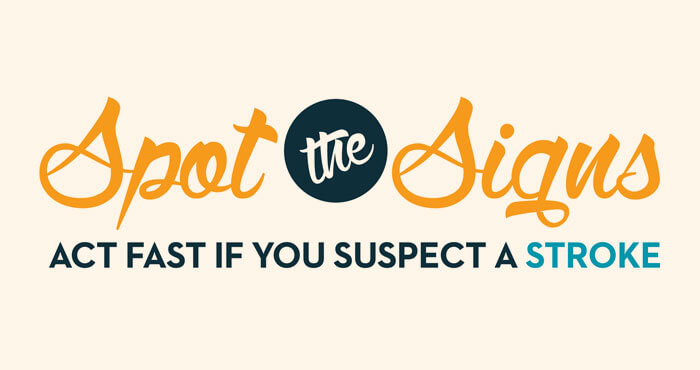What Is Bell’s Palsy?

Bell’s palsy (also called acute facial palsy of unknown cause) is a condition that produces weakness in muscles on one side of the face, causing it to droop. It typically starts suddenly and worsens over the next few days.
Bell’s palsy is considered a temporary condition and generally resolves on its own. However, it may fail to resolve in a small percentage of cases.
What Are the Symptoms of Bell’s Palsy?
Bell’s palsy symptoms usually affect one side of the face but may affect both sides in rare instances. They include:
- Rapid onset of a change in facial muscle tone that can range from minor weakness to total paralysis
- Facial drooping
- Drooling
- Trouble making facial expressions including smiling and closing the eye on the affected side
- Pain behind the ear or in the jaw on the affected side
- Headache
- Heightened sensitivity to sound on the affected side
- Ringing in the ear
- Loss of taste
- Changes in tear and saliva production
Don’t Leave Your Health to Chance
Strokes are the leading cause of serious, long-term disability in the United States. Take our stroke risk assessment to estimate your personal risk of having a stroke, and identify your stroke risk factors and how to improve them. Start the free assessment today.
What Causes Bell’s Palsy and What Are the Risk Factors?
The exact cause of Bell’s palsy is unknown. Experts believe it has to do with swelling of the nerve that controls facial muscles (the 7th cranial nerve), particularly where it passes through a narrow corridor of bone on its way to the face.
There seems to be a connection between viral infections and Bell’s palsy. Several viruses have been linked to the condition, including those that cause:
- Flu
- Chickenpox and shingles
- Genital herpes and cold sores
- Various respiratory illnesses
- Infectious mononucleosis
- Mumps
- Hand-foot-and-mouth disease
- German measles
- Cytomegalovirus infections
Bell’s palsy may also be associated with:
- High blood pressure
- Diabetes
- Injuries
- Exposure to toxins
- Lyme disease
- Myasthenia gravis
- Multiple sclerosis
- Guillain-Barré syndrome
- Sarcoidosis
How Is Bell’s Palsy Diagnosed?
There is no specific diagnostic test for Bell’s palsy. Typically, a diagnosis is based on a physical exam and the appearance of your symptoms. In some cases, a doctor may order blood tests, electromyography (EMG), or magnetic resonance imaging to assess the degree of nerve involvement and/or rule out other conditions.
In particular, if you experience Bell’s palsy, your doctor will want to confirm that you haven’t had a stroke, since the symptoms of the two conditions are similar.
How Is Bell’s Palsy Diagnosed?
If an underlying cause for Bell’s palsy, such as an infection, is determined, treatment focuses, in part, on addressing that cause. Care will also be taken to protect the affected eye. Since the closing of the lid is impaired, the eye can get dry, especially at night. If proper moisture isn’t maintained, scratching of the cornea and vision damage can occur.
Your doctor may also prescribe pain-relieving medications, steroids to reduce inflammation, and physical therapy to stimulate your facial nerve.
Take Action if You Develop Bell’s Palsy
While Bell’s palsy generally is not a serious condition and resolves with time, it’s important to get prompt medical attention if your face begins to droop so that a stroke can be ruled out or addressed and so potential long-term complications like vision damage can be prevented.
If you don’t have a Baptist Health doctor, you can find one in our online provider directory.
Next Steps and Useful Resources
Find a Provider
Take a Free Stroke Risk Assessment
The Difference Between Bell’s Palsy and a Stroke
How Long Does a Stroke Last?



